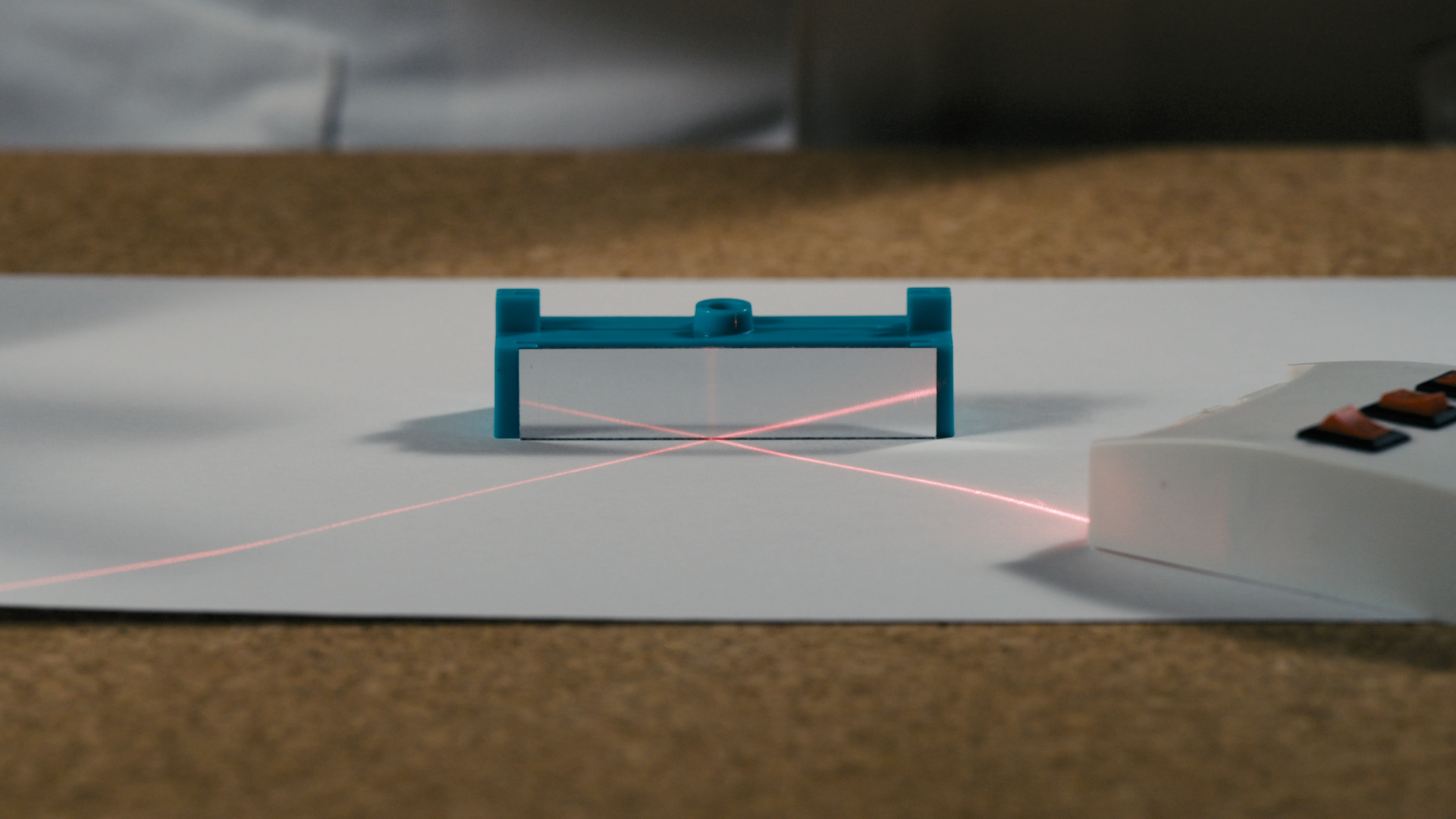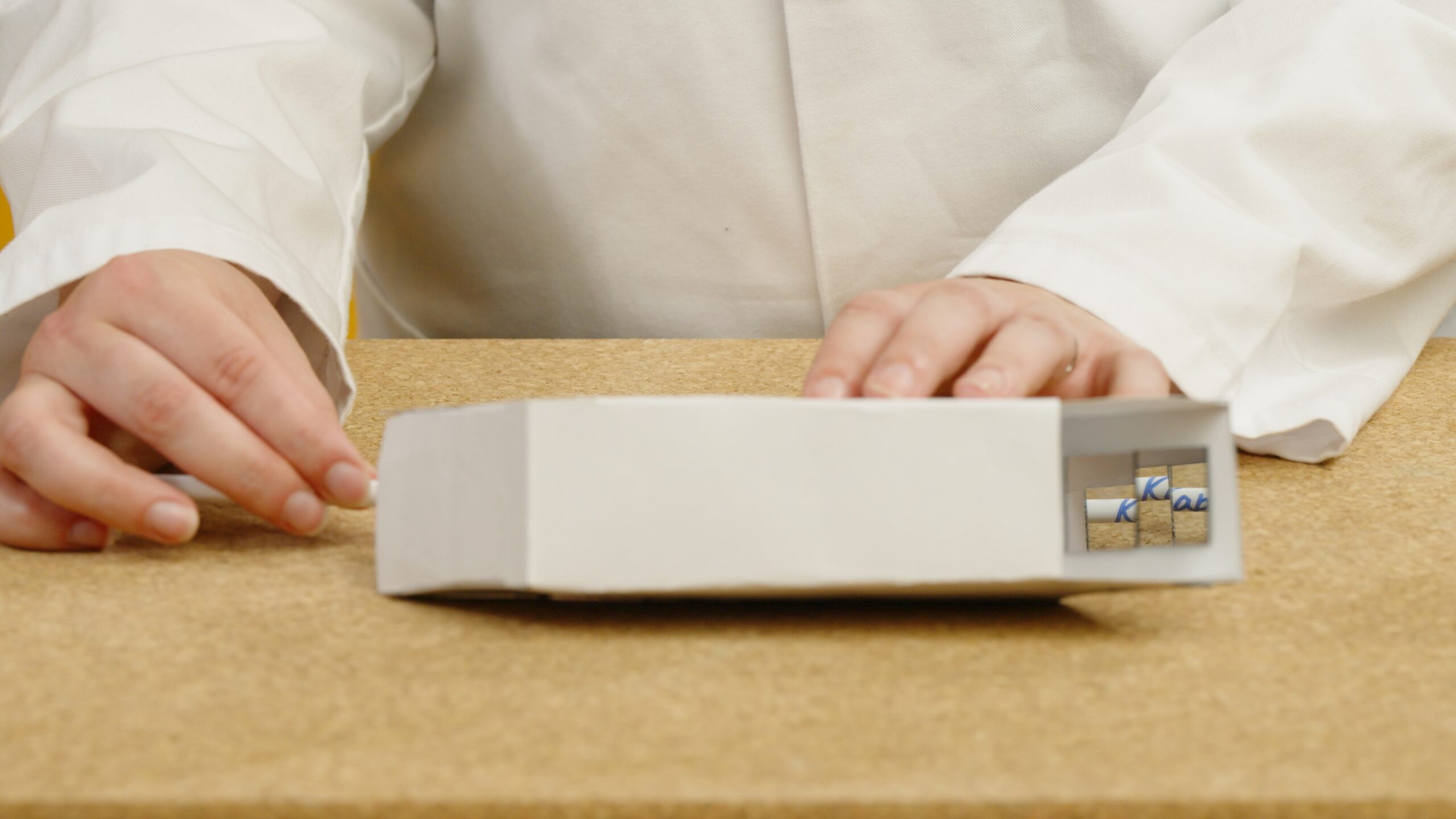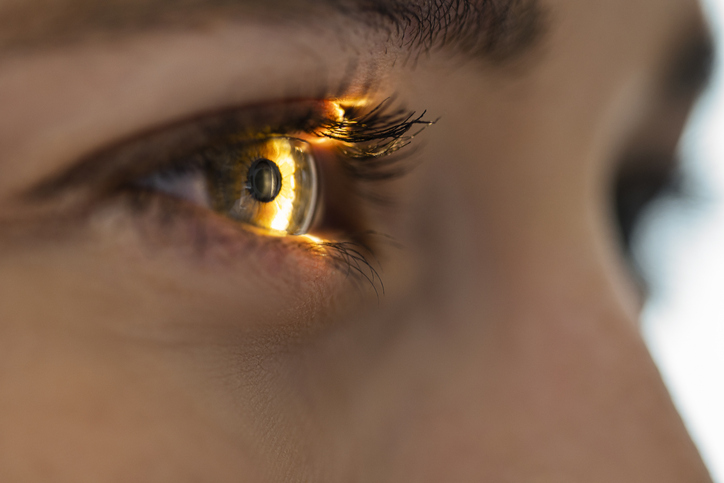Learning objectives
Knowledge
- To explain how shadows change.
Working scientifically
- To pose questions.
Success criteria
Knowledge
- I can recall factors that affect the
This content is for subscribers only. Join for access today.
National curriculum
Science
Light
Pupils should be
This content is for subscribers only. Join for access today.
Cross-curricular links
English
Spoken language
Pupils should
This content is for subscribers only. Join for access today.
Before the lesson
This content is for subscribers only. Join for access today.
Lesson plan
Recap and recall
Display slide 1 of the Presentation: Spot the errors and ask the class to look for as many mistakes as possible. Encourage the children to explain identified errors and how they could be corrected or improved in their pairs.
This content is for subscribers only. Join for access today.
Extended-mode explainer videos
How to extend your display to view the lesson page and preseantion mode simultaneously. Choose your operating system below to watch the video
If you need further support with extending your display,
please contact [email protected].
Extended-mode explainer video: For Mac
Extended-mode explainer video: For Windows
Adaptive teaching
Pupils needing extra support
Could watch the Pupil video: Measuring shadows that is set to play on a loop to support following the method; could use the Activity: Measuring shadows results: support version to reduce written work and support drawing ray diagrams that explain the observed relationship.
Pupils working at greater depth
Should describe what affects whether a shadow appears clear or blurry at the edges; could try to explain why some shadows have blurry edges; should suggest ways of improving the method to improve the quality of results; could choose an extension activity relating to light and shadows from the Resource: Stretch and challenge: Light and reflection.
This content is for subscribers only. Join for access today.
Assessing progress and understanding
Pupils with secure understanding indicated by: recalling that the position and distance
This content is for subscribers only. Join for access today.
Knowledge outcomes
- I can recall that the light source’s position and distance can affect the shadow’s size.
- I can describe that the closer the object is to a surface, the smaller the shadow.
- I can describe that the further an object is from a surface, the larger the shadow.
- I can use ray diagrams to explain why objects closer to a surface have a smaller shadow.
- I can use ray diagrams to explain why the shape of a shadow is the same as the object that cast it.
This content is for subscribers only. Join for access today.
Vocabulary definitions
-
anomaly
A result that does not fit the pattern.
-
cast
To make light or a shadow appear.
This content is for subscribers only. Join for access today.





